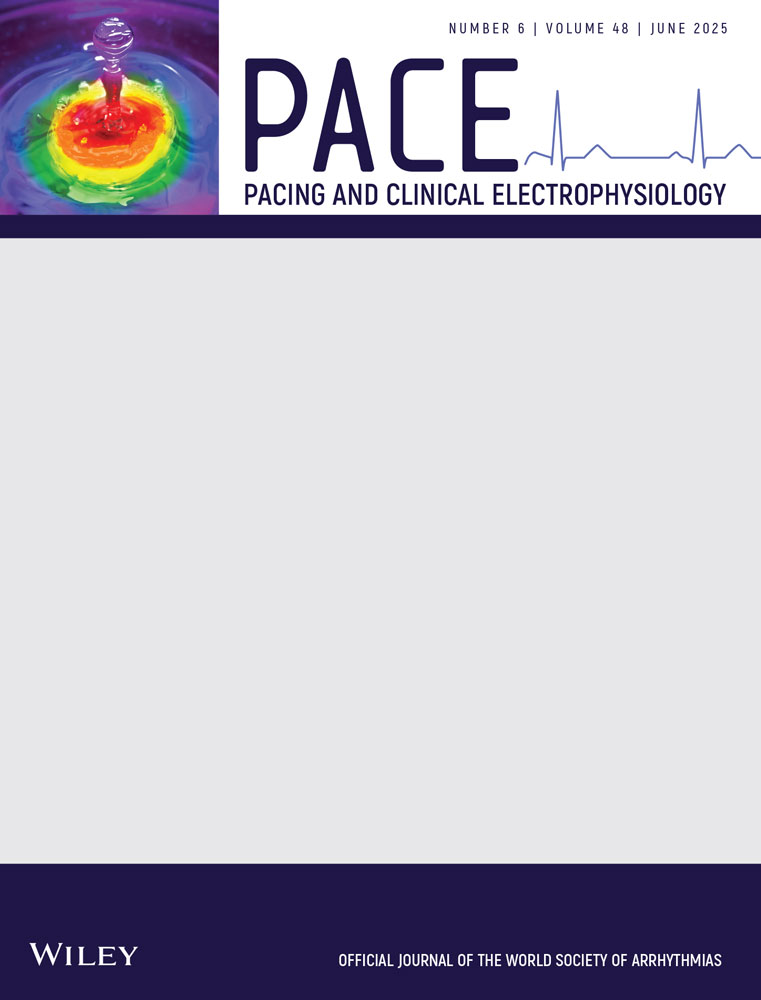Indication of Implantable Cardioverter Defibrillators for Ventricular Arrhythmias in Coronary Spastic Angina
Funding: The authors received no specific funding for this work.
ABSTRACT
Background
Coronary spastic angina (CSA) sometimes complicates ventricular arrhythmias (VAs) leading to sudden death. The appropriate secondary prevention strategy remains to be discussed. Recently, the relationship between J waves and VAs in CSA has been reported.
Objectives
We aimed to investigate the incidence of VAs, J waves, the spatial relationship between J waves and culprit coronary spasm lesions, and VA recurrences in CSA.
Methods
The patient characteristics, including the presence of J waves, were assessed in 130 CSA patients, and the spatial relationship between J waves and ischemic lesions was analyzed; a concordant pattern was defined when the localization of electrical and coronary blood supply abnormalities matched.
Results
Thirty one patients (24%) had VAs (VA group) and 99 (76%) did not (non-VA group). More J waves were observed in the VA group than the non-VA group (19 of 31 patients [61%] vs. 16 of 99 patients [16%], p = 0.00003). A concordant pattern between the J waves and culprit coronary spasm lesions was significantly observed greater in the VA group than the non-VA group (14 of 19 patients [74%] vs. 5 of 16 patients [31%], p = 0.019). VAs reoccurred in 6 of 31 patients (19%) despite adequate medication during a mean of 4.6 years of follow-up and were not predictable.
Conclusions
VAs occurred in one-quarter of the CSA patients and were closely related to J waves. The spatial concordance between coronary ischemia and electrical abnormalities might be a risk of a VA occurrence. VA recurrences are highly observed and unpredictable, justifying the indication of an implantable cardioverter defibrillator as secondary prevention.
Conflicts of Interest
The Section of Arrhythmia (from the Division of Cardiovascular Medicine, Department of Internal Medicine, Kobe University Graduate School of Medicine, Kobe, Japan) is supported by an endowment from Abbott Japan, Boston Scientific Japan, and Medtronic Japan. K. Fukuzawa and K. Imamura belong to the Section. However, all authors have reported that they have no relationships relevant to the contents of this paper to disclose. The other authors have no conflicts to disclose.
Open Research
Data Availability Statement
Data sharing not applicable to this article as no datasets were generated or analyzed during the current study.




